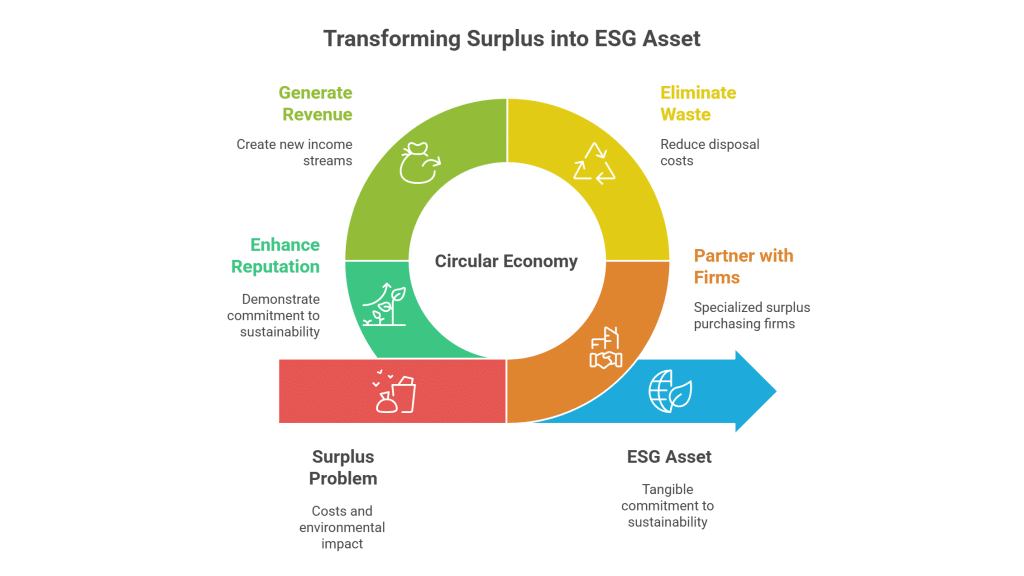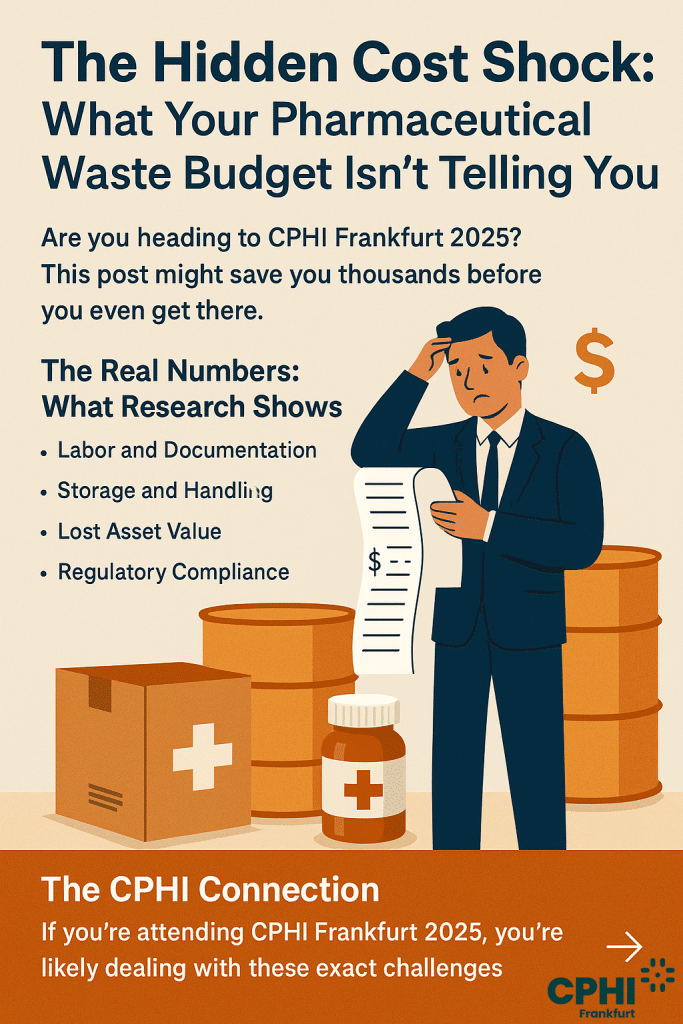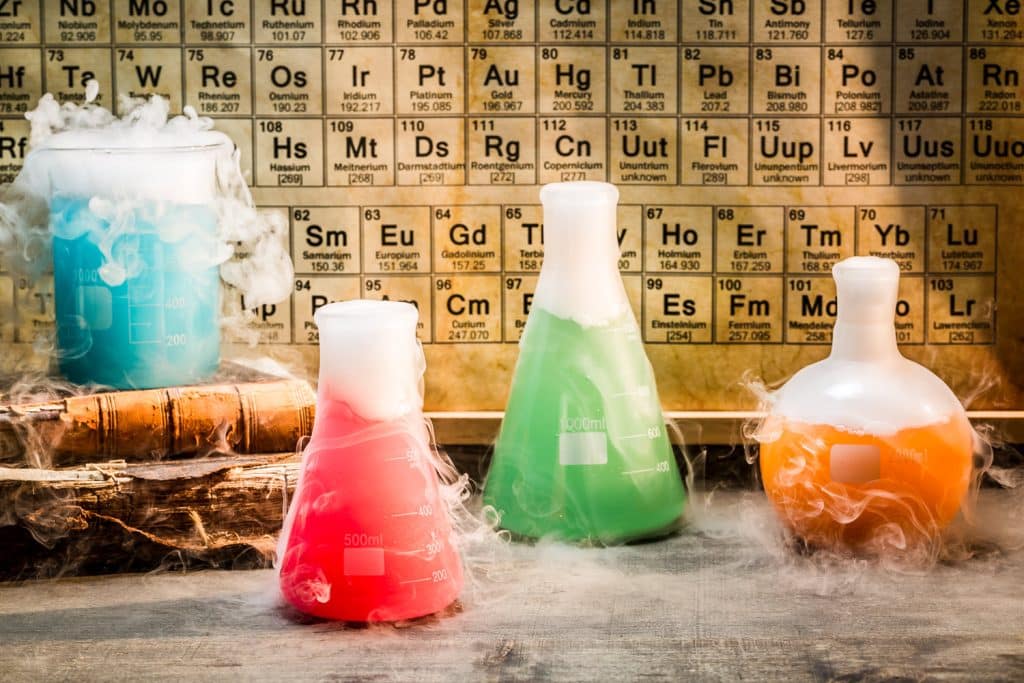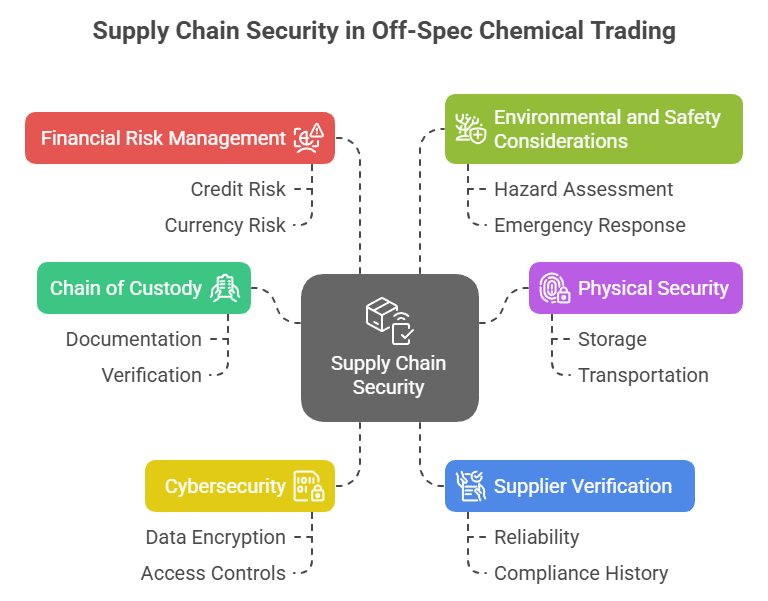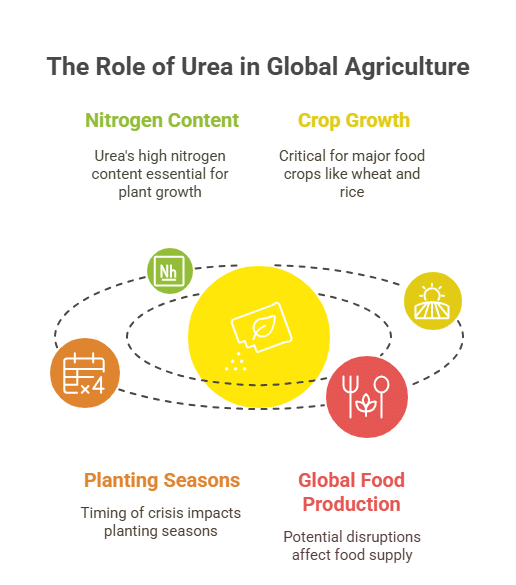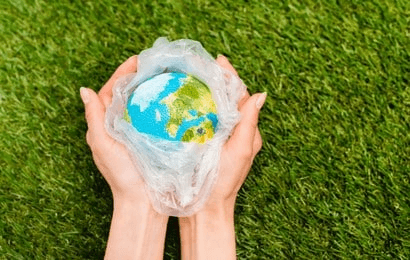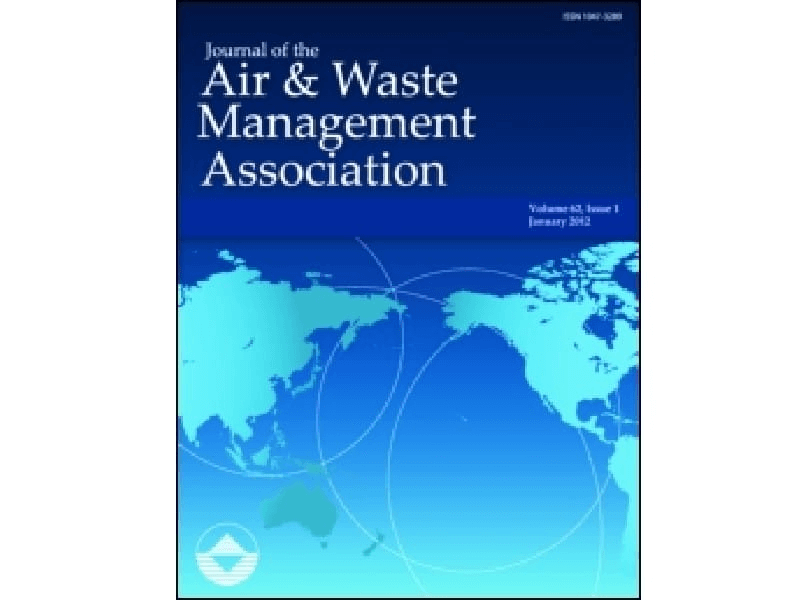Transforming Surplus Carrageenan in Food and Cosmetics Industries
Carrageenan Surplus Trading in the Food & Cosmetics Sector – Cost Recovery & Sustainability
Carrageenan Applications in the Food & Cosmetics Sectors
Table of Contents
Transforming Surplus Carrageenan into Profit in Food & Cosmetics Applications
A leading manufacturer in the food and cosmetics sectors recently faced challenges with surplus carrageenan stock that was nearing its shelf life. Instead of incurring expensive disposal costs, the company partnered with a surplus chemical trading platform. The timely sale of their excess carrageenan not only alleviated storage constraints but also injected valuable revenue back into the business. Buyers quickly integrated the high-quality carrageenan into their formulations—enhancing the texture of dairy desserts and stabilizing cosmetic creams. This successful transaction underscored the financial and environmental benefits of proactive surplus inventory management, setting a new industry benchmark for sustainable chemical trading.




